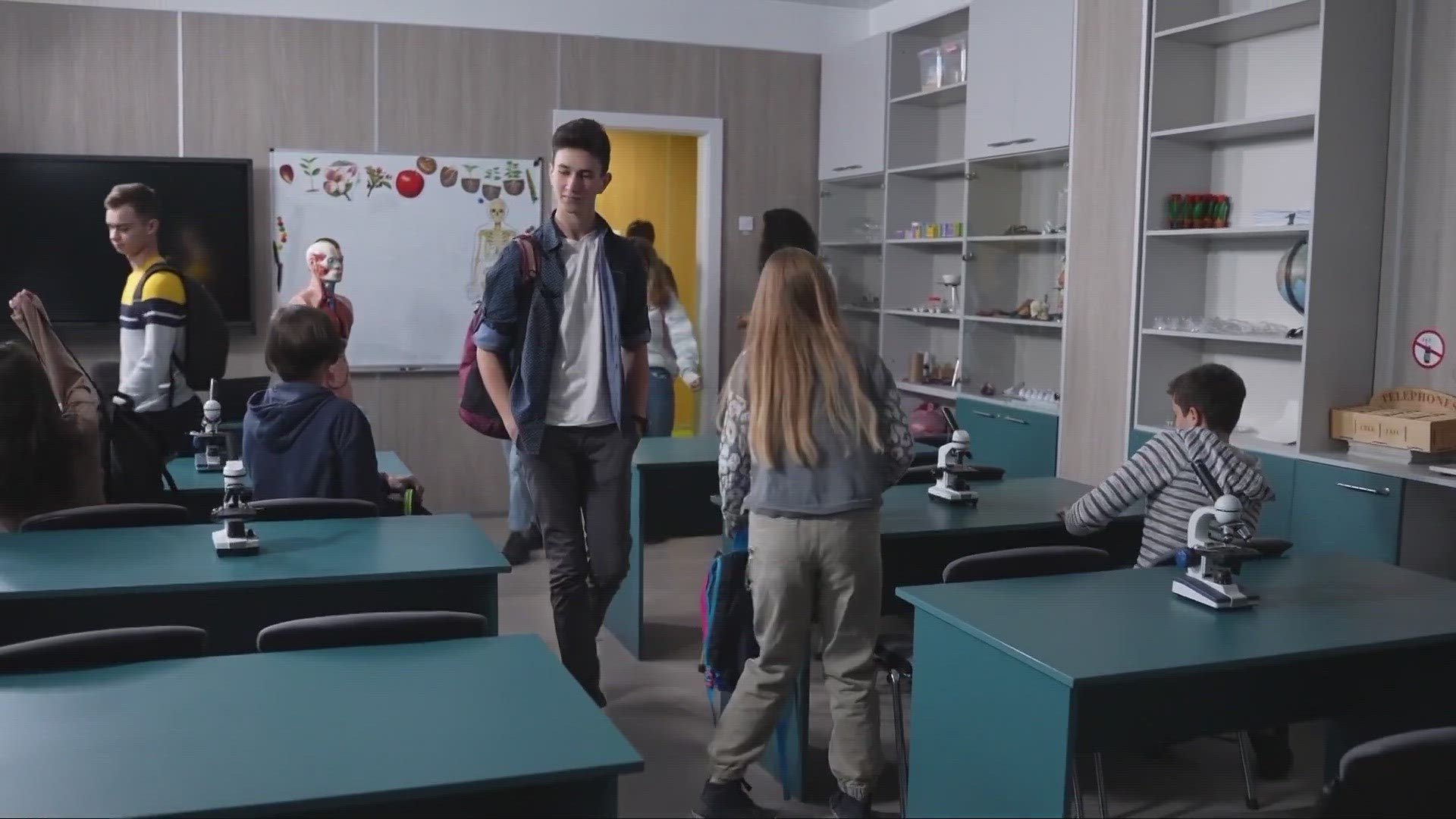This year, more than half of the nation's school districts are facing teacher shortages.
In Ohio, more than 17,000 teachers and staff have left the classroom since the COVID-19 pandemic.
One former teacher spoke with 3News' Maureen Kyle on why she got fed up, and introduced us to the educator turned wellness guru about how she is trying to make big changes.
"I didn't ever see myself leaving education, but then when COVID hit, things changed a little bit for me."
Rebecca Doles loved teaching, but after 2020, everything changed.
"Kids each had their own Chromebooks and kids were on their phones all the time and it was really hard," said Doles. "I wouldn't say that we were even teaching it was more like glorified babysitting. We couldn't teach the content, it was a lot of almost like arguing back and forth, like trying to get them to like put phones down like we're in class right now we need to be learning."
Doles was teaching a combined 7th and 8th grade math course. All of the kids were shoved into one classroom. Her frustration only mounted.
"I was crying every day on my way to school, on my way home from school," said Doles. "On my lunch breaks I was calling my husband and it just like was not a good environment for me anymore. It was a planning period and all my colleagues that I worked with and we were off at the same time, I was like 'I'm leaving and I'm never coming back.' They're like 'Becky like you're definitely going to come back, you're on all these committees.' I'm like 'no like I'm never coming back.'"
Doles says the lack of administrative support is what ultimately led her to leave.
It's exactly the burnout that Chanelle Walker is trying to change.
"Just the lack of feeling like they're supported as educators because we know we have to support the kids but how can we support the kids if we're not supported," said Walker.
"A lot of times when people think of wellness they say you know I'm eating right and exercising and I'm good you. It's actually eight dimensions, some models have nine dimensions of wellness. So let's talk about that where you are strong and where you need some support. These are things that as educators we see in our kids, but we're also not dealing with those things with ourselves."
Walker teaches educators these dimensions of wellness, how to implement them on a daily basis and also mentors college students going into the teaching profession so they never experience burnout.
"As we're getting new teachers, the little that we're getting, let's keep them, let's build a culture where we're teaching our new educators in college about wellness and how do I deal with the challenges that I'm going to face or might face in the district that I'm in," said Walker.
As for what we can do as a parent or community, Walker says it is simple.
"Be as present as you can be," said Walker."I know that every parent can't come to every conference, but if you can answer a text or send an email and say 'I'm here for you, what can I do.' Understand that the very very high majority of educators got into the profession because they care about the kids. Just be supportive and listen."

